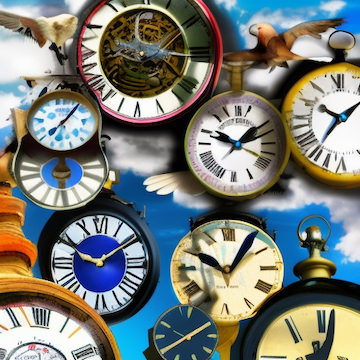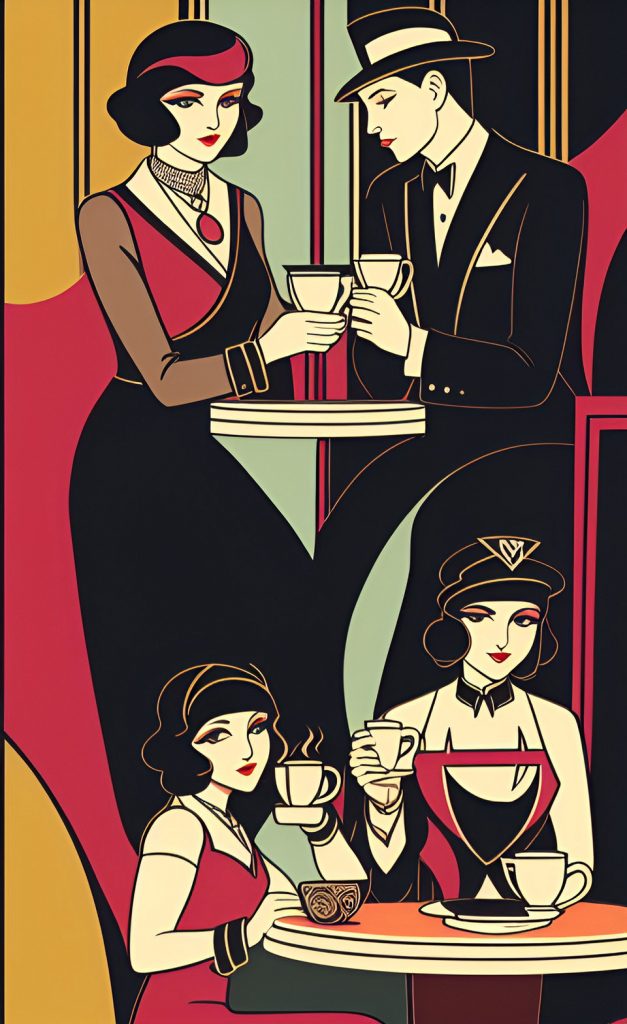If you’re a coffee enthusiast, you know the joy of savoring the perfect cup. But did you know that getting your coffee spot on is often a matter of timing? True coffee lovers know that not all coffee drinks are created equal, and each variation requires a different preparation. If you’re looking to elevate your skills and brew some coffee masterpieces, this blog post is for you. In this post, we’ll explore five coffee drinks that demand precise timing in their making process for the ultimate taste and satisfaction. So let’s embark on this journey of perfecting our barista skills and making the most of our time while brewing.
The humble espresso is the foundation of many beloved coffee drinks. It is a concentrated shot of coffee that packs a punch of flavor, and its ideal extraction time is critical to achieving a balanced taste. The general rule of thumb when brewing espresso is the “25-seconds rule,” meaning that the extraction process should last between 25-30 seconds. A well-timed espresso will result in a rich, golden crema on top, indicating a perfect balance between the coffee’s acidity, sweetness, and bitterness.
If you’re a fan of the classic pour-over method, chances are you’re already familiar with its delicate balance of pouring time and brewing process. To ensure an even extraction and a bold, vibrant flavor, timing is everything. Start by pouring a small amount of hot water in a spiral motion to wet the coffee grounds, then wait for 30-45 seconds to allow the coffee to bloom. After the bloom, continue pouring in stages, maintaining a consistent speed and ensuring that the water level never exceeds the top of the coffee grounds. Aim for a total brewing time of around 3-4 minutes for the best flavor profile.
The French press is another favored brewing method, renowned for its rich and full-bodied flavor. The key to a perfect French press coffee lies in its steeping time. Once you’ve added the hot water to the coffee grounds, give it a gentle stir, and cover the pitcher. Allow the coffee to steep for approximately 4 minutes – any shorter, and the coffee will lack body and taste weak; any longer, and its flavors might get overshadowed by bitterness. After the 4-minute mark, plunge and pour your delicious coffee for a truly luxurious experience.
The AeroPress is a versatile brewing device that offers different approaches based on personal preferences. However, a crucial aspect of AeroPress brewing remains unchanged – the importance of timing. For an ideal AeroPress coffee, aim for a steeping time of 1-2 minutes. Start by adding the coffee grounds and hot water, then stir for about 10 seconds. After steeping for the desired amount of time, press down the plunger slowly and steadily, maintaining a consistent pressure. The entire pressing process should take around 20-30 seconds, resulting in a smooth and full-flavored coffee.
Cold brews have gained immense popularity in recent years, and for a good reason – they offer a smooth, refreshing taste, and are quite easy to make. However, even with cold brews, timing plays a vital role in determining the quality of the final product. Cold brewing involves steeping coffee grounds in cold water (or room-temperature water) for an extended period, typically 12-24 hours. Experimenting with the exact steeping time is essential – a shorter brewing time might lead to a weak and flat flavor, while over-extracting might result in a bitter and unpleasant taste.
There you have it – five fantastic coffee drinks that test your patience and accuracy in brewing. By mastering the art of timing during the coffee-making process, you can ensure that every cup you brew is nothing short of perfection. Whether you’re a professional barista or an at-home coffee enthusiast, understanding and practicing the importance of timing not only improves your skills but enhances your appreciation for the art and science behind coffee brewing. So, the next time you make your favorite cup of coffee, keep these timing tips in mind, and treat yourself to a satisfying, perfectly crafted coffee experience.
I use two types of timers in the kitchen. While there are many nice digital ones, I find the click click of their little buttons distracting. For a set time or length of time I don’t care about time ticking by, a voice assistant does it nicely (just shout out across the room). And, there is the classic kitchen timer that there is some fun in hearing it go tick tick. Please note that if you purchase from clicking on the link, some will result in my getting a tiny bit of that sale to help keep this site going.



